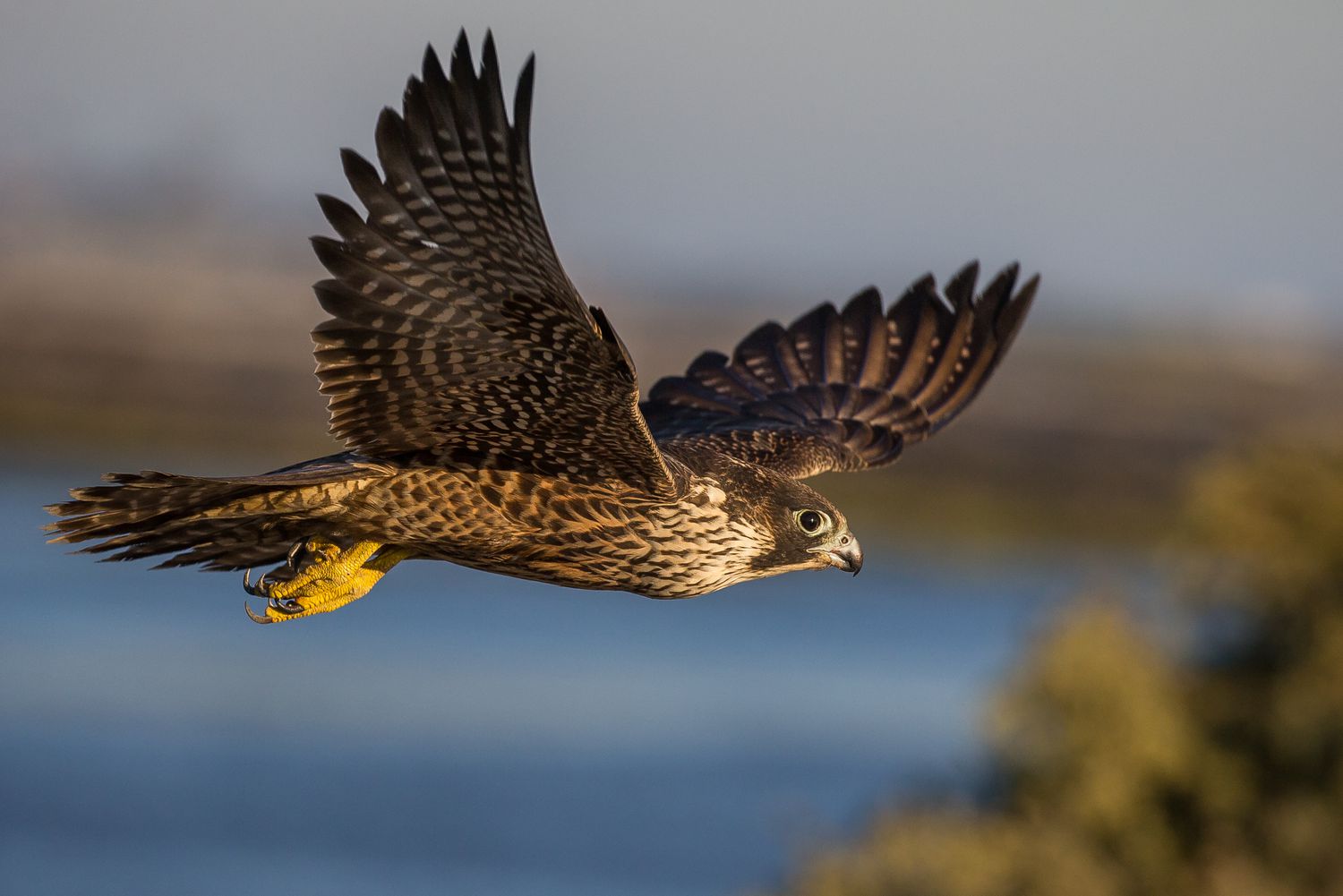
30 interesting facts about falcons
- 👁️ 296
Falcons are among the most fascinating birds of prey in the avian world, known for their incredible speed, agility, and precision. These majestic birds inhabit a wide range of environments across the globe, from the Arctic tundra to tropical rainforests. Falcons have captivated humans for centuries, not only because of their hunting prowess but also because of their significance in falconry, an ancient practice that highlights the deep bond between humans and birds. With their sharp beaks, keen eyesight, and streamlined bodies, falcons are perfectly adapted for hunting, making them apex predators in their ecosystems. Here are 30 interesting and informative facts about falcons that showcase their remarkable characteristics and behaviors.
- Falcons belong to the Falconidae family, which includes over 40 species.
- The Peregrine Falcon is the fastest bird in the world, capable of reaching speeds over 320 km/h (200 mph) during its hunting stoop (high-speed dive).
- Falcons have a “tooth” on their beak used for delivering a fatal bite to their prey’s neck.
- Unlike many other bird species, falcons generally have slender, tapered wings that allow for high-speed flight.
- The Gyrfalcon, the largest falcon species, can reach up to 65 cm (25.5 inches) in length.
- Falcons have exceptional vision, enabling them to spot prey from several kilometers away.
- The Amur Falcon undertakes one of the longest migrations of any bird of prey, traveling up to 22,000 km (13,670 miles) annually from Eastern Asia to Southern Africa.
- Falcons do not build their nests; instead, they often use old nests of other birds or nest on cliff ledges.
- The name “falcon” comes from the Latin word “falco,” which relates to the sickle shape of the bird’s beak, talons, or wings.
- Falcons have been revered and used in falconry for over 3,000 years, with evidence tracing back to ancient Mesopotamia.
- The smallest falcon species is the Pygmy Falcon, which measures just 20 cm (7.9 inches) in length.
- Falcons are found on every continent except Antarctica.
- Many falcon species mate for life and return to the same nesting sites each year.
- The Eleonora’s Falcon nests on Mediterranean islands and hunts migratory birds passing through the area.
- Falcons are diurnal, meaning they are active during the day.
- In the wild, falcons can live up to 15 years, but some species in captivity have lived over 25 years.
- Falcons have been a symbol of power, freedom, and victory in various cultures throughout history.
- The Saker Falcon is the national bird of Hungary, the United Arab Emirates, and Mongolia.
- Unlike hawks and eagles, falcons kill their prey with their beaks rather than their talons.
- Falcon chicks, known as eyasses, usually leave the nest for the first time about 5 to 6 weeks after hatching.
- The falcon’s stoop is not just a dive; it’s a controlled fall that allows them to maintain control and adjust their trajectory.
- Falcons’ nostrils are shaped to allow air to pass through even at high speeds, preventing wind pressure from inhibiting their breathing during a dive.
- The Barbary Falcon is known for its adaptation to desert environments, often found in North Africa and the Middle East.
- Some falcon species, like the Prairie Falcon, hunt cooperatively in pairs or family groups.
- Falcons play a crucial role in their ecosystems by controlling populations of medium-sized birds and rodents.
- The recovery of the Peregrine Falcon from the brink of extinction is considered one of the great conservation success stories.
- Falcons communicate with a variety of vocalizations, including screams, chatters, and whistles.
- Female falcons are generally larger and stronger than males, a trait common in birds of prey.
- Falcons’ feathers are highly adapted for their high-speed lifestyle, with special structures that reduce turbulence.
- In addition to live prey, some falcon species will also eat carrion, especially during scarce times.
Falcons are not only remarkable for their incredible speed and hunting ability but also for their significance to human culture and conservation efforts. Their widespread presence across the globe and their adaptability to various environments showcase the resilience and diversity of these birds of prey. The ongoing efforts to protect and conserve falcon populations highlight the importance of these magnificent birds to biodiversity and natural ecosystems. As we continue to learn from and about falcons, their story remains a testament to the beauty and complexity of the natural world.
Falcons are among the most fascinating birds of prey in the avian world, known for their incredible speed, agility, and precision. These majestic birds inhabit a wide range of environments across the globe, from the Arctic tundra to tropical rainforests. Falcons have captivated humans for centuries, not only because of…